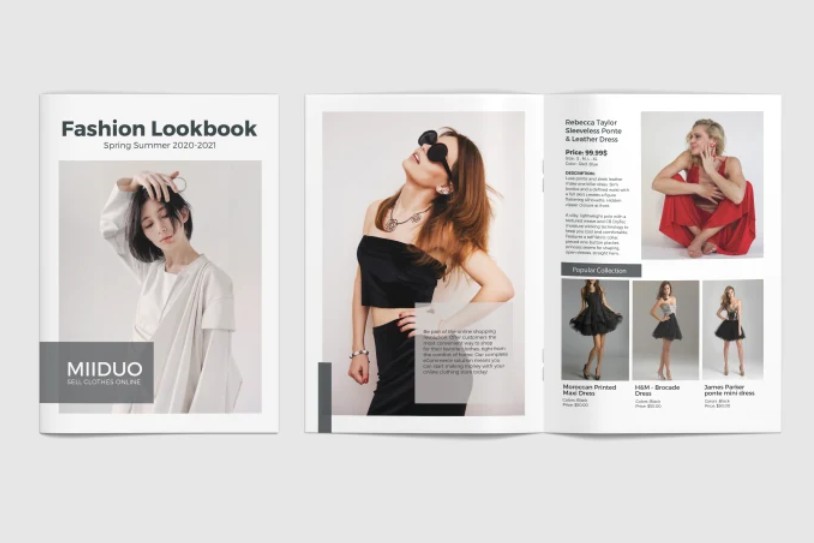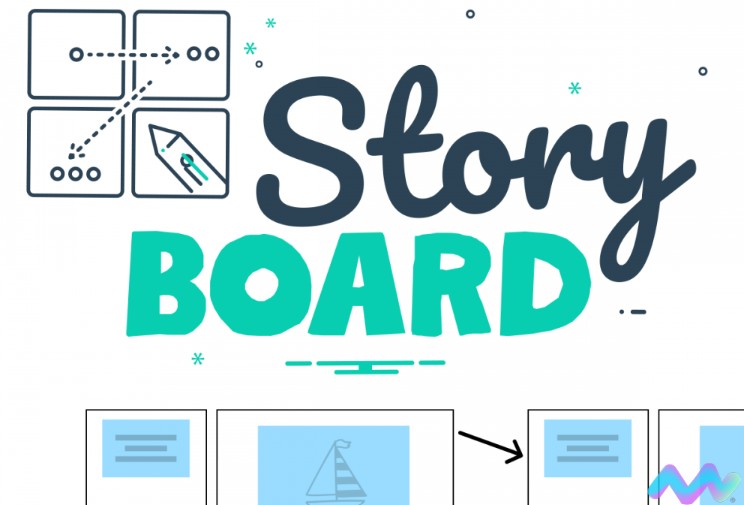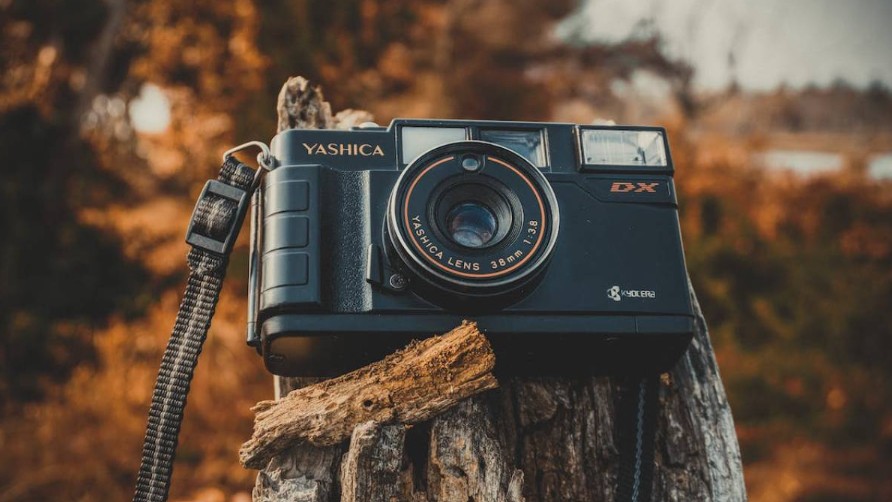Best Selling Products
Discover the Difference Between Catalogue & Lookbook
Nội dung
Analyzing in detail the basic differences between Catalogue and Lookbook, this article is the key to helping businesses effectively exploit the maximum power of each form.

In the context of increasingly fierce competition in the design and fashion industry, conveying brand messages through printed forms is one of the key factors that helps businesses create their own mark and attract potential customers. Catalogues and Lookbooks are two popular communication tools, each form has its own advantages and disadvantages. However, choosing one of the two forms is not always enough to meet strategic needs, but also depends on the communication goals as well as the target customers of each business.
1. Basic information about Catalogue and Lookbook
1.1. Catalogue
Catalogue is a publication/document released via company email or store system. Normally, a complete Catalogue product will include the following elements:
Usually 16 to 20 pages
Images and detailed descriptions of the products/services the company offers
Help customers look up information in the clearest and most complete way
.png)
1.2. Lookbook
Lookbook is a product provided to customers in the form of a video or fashion photo set and designed with layout and color based on the product concept to convey the values and content of the brand. A Lookbook product will usually include elements such as:
Product is photographed on a plain white background
Product images are taken from different angles (rear angle, ¾ angle and front angle)
In addition to the brand's products, the lookbook also features additional accessories to enhance the beauty of the products.
.png)
2. The role of Catalogues and Lookbooks in the design industry
In a market where products and services not only need to be of superior quality but also need to be presented in an impressive way, media publications always play a key role in making a brand impression. Catalogues, with their detailed presentation of product information, are a powerful tool in introducing products, providing technical specifications and helping customers easily compare and choose. In contrast, Lookbooks appear as a collection of images with a strong artistic mark, not only conveying information but also spreading inspiration and brand stories.
Choosing between Catalogue and Lookbook is not simply between “information” and “inspiration”, but also a combined communication strategy to optimize customer reach. In that context, the content of the article will help you clearly analyze the factors to consider to make the right decision for your business marketing campaign.
.png)
3. Compare Catalogue and Lookbook
3.1. Main differences between Catalogue and Lookbook
To get an overview of these two forms, let's delve into analyzing the outstanding differences in content, presentation, application, and flexibility.
.png)
Catalogue
Lookbook
Content & Message
Detailed and accurate: Catalogs provide comprehensive product information, from detailed descriptions, specifications to pricing and featured features. This helps customers make data-driven purchasing decisions.
High applicability: The content is designed to support sales and product consulting, so objectivity and practicality are top priorities.
Artistic and creative: Lookbooks focus on the visual aspect, using artistic images and unique layouts to tell the brand story. The message in Lookbooks is not just “products” but also “emotions” and “trends”.
Inspiration: High-quality images and the story behind each collection create a strong impression, helping customers not only see but also feel the fashion and lifestyle values that the products aim for.
Presentation & Design
Clear layout: Catalogues are often arranged in a grid or table format, helping to divide information items in a clear and accessible way. The high organization of the Catalogue creates professionalism.
Focus on accuracy: Details like product images, specifications, and pricing often come first, requiring clarity and attention to detail on every design page.
Free and creative layout: Lookbooks are not bound by a fixed template. Lookbook designs are often flexible, incorporating many elements of color, light, and unique fonts, creating a unique visual experience.
Visual Art Experience: Messages are conveyed primarily through unique images, delicately processed to evoke the emotions and distinct personality of each collection.
Applications & Distribution Channels
Applications in events and stores: Catalogues are often used in exhibitions, in stores, or sent directly to customers via high-quality printed publications.
Traditional media channels: Many businesses choose to distribute Catalogues through newspapers, specialized magazines or via direct mail to existing customers.
Suitable for digital channels: With the development of the Internet and social networks, Lookbooks can be easily shared via websites, fanpages, Instagram and other digital media channels.
Application through fashion events: Lookbooks are deployed in fashion events, new collection launches or shows to create a strong emphasis on brand style.
Updability & Flexibility
Product Cycle Updates: Catalogs are typically designed and updated for specific product cycles, ensuring that information is always fresh and accurate. However, reproducing printed publications can be costly and time-consuming.
High production costs required: Although effective in conveying information, the cost of designing, printing and distributing Catalogues is often quite high, especially if the business needs to distribute widely.
Easy to update: With Lookbooks, updating content and images according to new trends becomes much simpler than with printed publications. Digital versions allow for quick editing and addition of content.
High interactivity: The flexibility of Lookbook allows viewers to easily share, comment and interact on digital platforms, contributing to enhancing the viral effect of the communication campaign.
.png)
3.2. Similarities
In general, Catalogues and Lookbooks have two biggest things in common:
Target audience
Nowadays, businesses in the fields of apparel, fashion, F&B, and pets often bring impressive lookbook or catalog products. The common point of these businesses is to provide and trade tangible goods. However, catalog or lookbook products will appear most often in businesses in the fields of fashion, beauty, and architecture.
Benefits
Marketing Sherpa’s research has shown that printed catalogues and lookbooks are always at the top of the list of customers’ trust in advertising channels. In addition, these products also help buyers remember information about the advertised product longer and more impressively.
4. Advantages and disadvantages of each form
To get a comprehensive view and make the right decision, we need to carefully consider the advantages and disadvantages of each form. Here is a detailed analysis:
Advantage
Disadvantages
Catalogue
Detailed and clear information: Catalogues convey product data in a visual and detailed manner, allowing customers to easily compare and choose.
Create trust for customers: Professional layout along with full technical information helps build trust, creating a sense of prestige with the brand.
Supporting an effective sales process: When designed properly, a Catalogue is not only a promotional tool but also a useful reference document for sellers, contributing to accelerating the transaction process.
Lack of Creativity: Due to its focus on providing detailed information, Catalogues can lack inspiration, leaving viewers feeling bored if not designed eye-catching.
High production costs: Printed publications require large investment costs in design, printing and distribution, especially when they need to be updated frequently.
Limitations in conveying emotions: Because of the priority of technical information, Catalogues have difficulty portraying a “brand story” or creating a strong emotional connection with customers.
Lookbook
Inspiration and brand story: Lookbooks not only showcase products but also tell stories about style and fashion trends through artistic images.
Make a strong impression: Unique design and high-quality images help Lookbook quickly attract attention and create a viral effect on digital media channels.
Easy to update: Easily edit, add new content and reflect market trends, keeping the Lookbook always “fresh” in the minds of customers.
High engagement on digital platforms: When shared across social media, Lookbooks easily receive feedback, comments, and create a community of loyal fans.
Lack of details: Lookbooks don't focus on conveying technical specifications or detailed product information, so they're not suitable for product comparison or data-driven purchasing decisions.
Not suitable for some customers: Customers who need accurate information to make purchasing decisions may feel deprived when relying solely on Lookbook.
Difficult to apply in direct sales scenarios: While powerfully inspirational, Lookbooks do not provide the data needed for some stages of consultative selling.
Through the above article, we have had a general but complete overview of the differences between Catalogue and Lookbook, from the concept, purpose of use, design structure to the advantages and disadvantages of each form. With the rapid development of digital technology and the constant trend of creativity, choosing or combining these two forms will play an important role in the communication strategy of every design business.












































